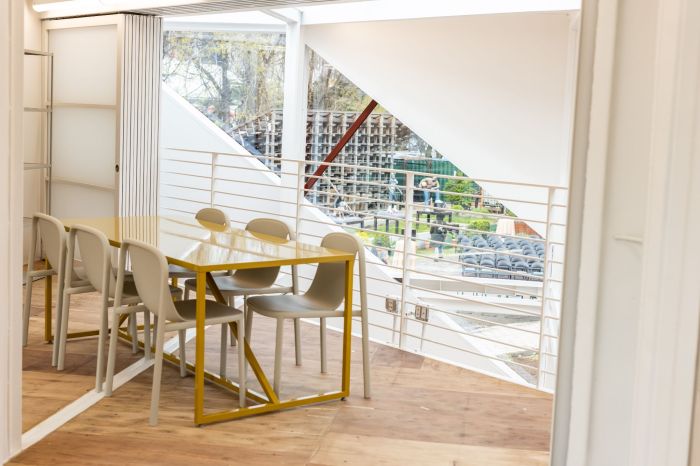By Dustin Brown
Reacting to critics who complained the community had been shut out from earlier proceedings, the state has decided to hold an additional public hearing as it weighs options for cleaning up the polluted Phelps Dodge industrial site in Maspeth.
The state Department of Environmental Conservation announced last Thursday that the public comment period originally slated to end Sept. 22 would be extended until a second hearing on the project is held in November. The date has not yet been set.
“There was confusion about the first meeting,” said Peter Constantakes, a spokesman for the DEC. “If people weren’t alerted, we did listen to their concerns and so we decided to offer another public meeting.”
The DEC held a public hearing Aug. 28 at Queens Borough Hall to explain six alternatives to clean up the 35-acre site owned by the Phelps Dodge mining company, which is managing and paying for the clean-up project.
But only four people from the community actually attended, prompting Community Board 5 to issue a resolution demanding that an additional hearing and longer public comment period be offered.
Tony Nunziato, the chairman of CB 5’s environmental committee, claimed public officials were not informed of the hearing and criticized the DEC for holding the event only days before Labor Day, when many New Yorkers were out of town.
“I feel happy…that now the community can be there to judge what’s going to happen to the community that they live in,” Nunziato said in a phone interview Monday.
The property, which sits between 56th Road and the Newtown Creek directly east of the Kosciuszko Bridge, was placed on the state’s registry of inactive hazardous waste disposal sites in 1980.
A local company recently signed an agreement to purchase it, Phelps Dodge spokesman Bruce Richardson said.
Although the site is technically located within the boundaries of neighboring Community Board 2, Nunziato is demanding that the public hearing be held in CB 5 — which covers Maspeth, Middle Village, Glendale and Ridgewood. The property is considered part of Maspeth, Nunziato said, and it is cut off from the bulk of CB 2 by highways and cemeteries.
“You really want to reach out to the people it’s affecting most,” he said.
Constantakes responded that the venue has yet to be determined.
Joseph Conley, the chairman of CB 2, said he would support holding the meeting in a spot that is close to the property and mass transit, and accessible to the handicapped.
“Let’s drop the boundaries and just look at it that this is in the best interest of everybody in western Queens,” Conley said. “We always hold public hearings closest to the affected project.”
Testing of the site revealed that the soil is contaminated with PCBs and metals, and that metals and volatile organic compounds were found in the ground water .
Out of the six alternatives outlined in the state’s Proposed Remedial Action Plan, or PRAP, the DEC has recommended the fifth clean-up option, which ranks second highest in both thoroughness and expense.
The proposal, which would cost about $12 million to carry out, calls for the hot spot removal of contaminated soils, the placement of a cap over the entire property, the extraction of groundwater, the creation of a containment and treatment system and long-term ground water monitoring.
The most expensive alternative would involve the removal of about 536,000 cubic yards of soil and would cost between 10 and 19 times more than the preferred proposal at between $104 and $229 million.
A copper smelting plant began operating as early as 1888 on the site, which Phelps Dodge purchased in the late 1920s and used for manufacturing until 1983, when it began removing equipment and clearing out the buildings. Although the United States Postal Service bought the site in 1986, Phelps Dodge was ordered by the courts to reaquire the site in 1997 because of its contamination.
Reach reporter Dustin Brown by e-mail at Timesledger@aol.com or call 229-0300, Ext. 154.































